C-PACE Is Available in Georgia. What’s Next?
Nuveen Green Capital’s Ryan Doyle on the expansion of the green financing program.
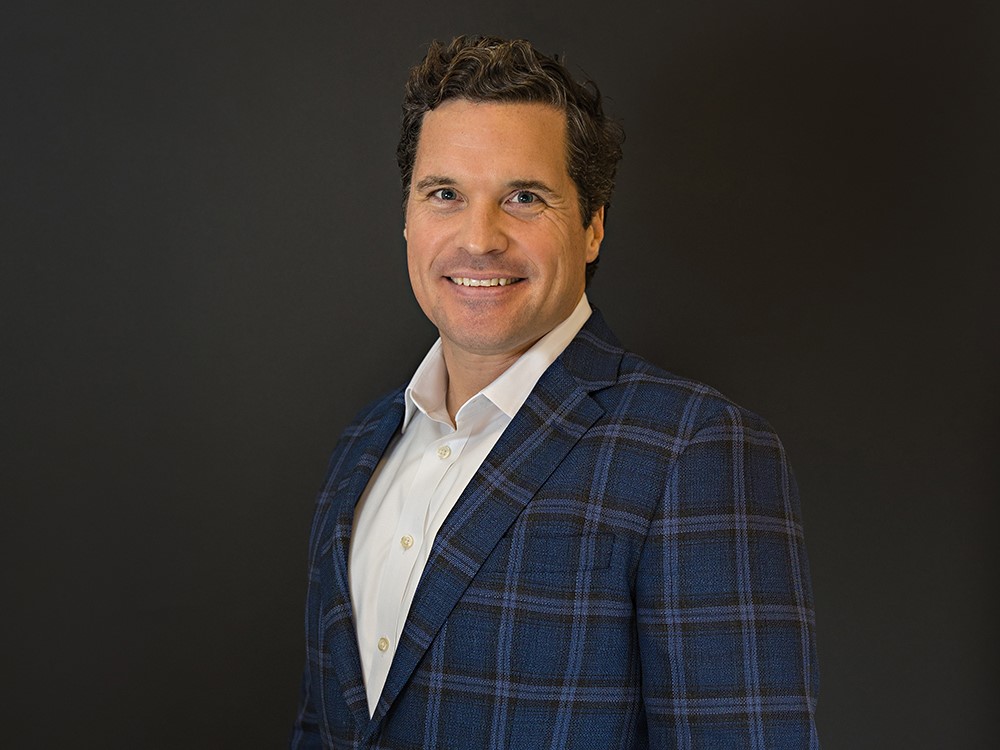
Commercial PACE recorded more than $7 billion in financings in 2023, up from $5 billion in 2022 and $1.6 billion in 2019, according to PACE Nation. But the green financing program continued to grow geographically, too. So far in 2024, it expanded to five additional states, including Georgia. Today, property owners and developers in 40 states and Washington, D.C., are utilizing C-PACE as a cost-effective and flexible financing tool.
To take a closer look at how Georgia’s real estate industry will be impacted by the availability of C-PACE financing, Commercial Property Executive talked to Nuveen Green Capital Senior Director of Originations Ryan Doyle, who oversees C-PACE debt originations throughout the Mid-Atlantic and Southeast regions.
C-PACE in Georgia, finally. What took it so long to become available in the state, and what helped it come through?
Doyle: Earlier this year, House Bill 206, authorizing C-PACE financing, was passed through both houses of the Georgia State Legislature. After a period of some inertia, the bill’s passing was the result of the efforts of NGC’s dedicated policy team, as well as various stakeholders coming together to push it over the top and it has been well-received throughout the state given the current challenging capital markets environment. The bill offers a new source of cost-efficient capital for commercial real estate projects across the state.
What impact do you anticipate C-PACE will have on Georgia’s real estate market?
Doyle: It is an exciting time for Georgia’s commercial real estate industry with C-PACE becoming available across the state. The ability for borrowers to access this low-cost, fixed-rate and long-term capital will enable more commercial projects across the state to move forward, while also positively impacting the economy, job market and environment.
Because C-PACE can finance projects pre-, mid- or post-construction—up to three years—across all commercial asset classes, I expect that a growing number of owners and developers throughout Georgia will use it as an efficient form of debt for their projects at varying stages of completion.
Notably, an increasing number of borrowers are deploying C-PACE capital to refinance mid- or post-construction, allowing for flexible recapitalization to bridge projects to stabilization. The generous look-back period—36 months from certification of occupancy—is particularly attractive for property owners that have faced challenges during construction or lease-up of their properties, as they can recapitalize their project using C-PACE proceeds to pay down or restructure existing debt, fund construction cost overruns and replenish operating reserves.
This green financing method also offers borrowers the option to delay debt service repayments—up to 24 months post-closing. For these reasons, C-PACE has been used as a recapitalization strategy extensively in recent years, helping bridge projects to stabilization in order to allow for a successful sale or refinance.
How does C-PACE compare to traditional financing options in terms of interest rates, repayment terms, originations, available capital and overall flexibility?
Doyle: C-PACE has increasingly been seen as an efficient form of alternate debt, with a fixed rate and longer term than other financing options. It is currently one of the least expensive forms of CRE financing available on the market.
C-PACE financing has fixed rates for up to 30 years, while bank loans tend to be fixed for a shorter period at a higher rate. C-PACE financing doesn’t require any significant upfront out-of-pocket costs, and unlike other forms of CRE financing, C-PACE is also repaid through a voluntary property tax assessment.
Furthermore, C-PACE is non-accelerating and non-recourse and, often, its long terms result in lower payments and improved cash flow. C-PACE is used in addition to traditional senior financing, with Nuveen Green Capital having closed alongside banks, debt funds, life insurance companies and other lenders.
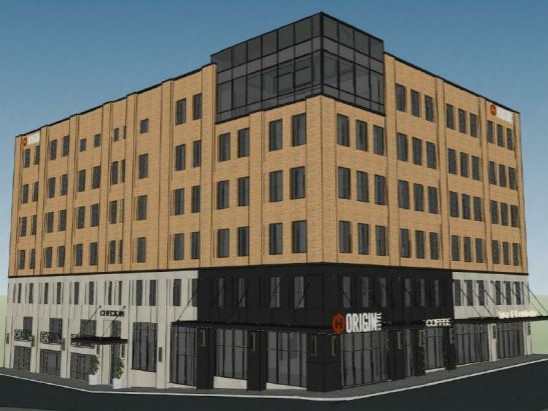
Nuveen Green Capital partnered with First Bank to provide the $30 million total project cost. Image courtesy of Nuveen Green Capital
What challenges should sponsors anticipate when applying for C-PACE financing?
Doyle: With C-PACE becoming more widely available across Georgia, there should be few challenges for sponsors to apply and access the cost-efficient debt.
A recent example of a successful transaction is Nuveen Green Capital’s close on a hospitality project located in downtown Atlanta. The owner of the Origin by Wyndham Hotel had recently completed the conversion of a 1950s-era office building into a six-story boutique hotel.
Our team partnered with First Bank to provide a combined $21.8 million—or 72 percent LTC in total construction debt—of the $30.4 million total project cost. By utilizing about $5 million in C-PACE to refinance building improvements, the sponsor was able to pay down the senior lender, while reducing equity and freeing up liquidity.
Tell us more about the financial benefits for property owners who participate in the C-PACE program.
Doyle: There are numerous benefits of using C-PACE, including that it can fund 100 percent of the hard and soft costs of commercial building upgrades and new construction elements. In addition, the resulting energy savings realized from implementing sustainability measures often offset the C-PACE payments.
C-PACE is also assumable, automatically transferring with the sale of the property. Furthermore, the C-PACE assessment may also be voluntarily prepaid at any time, subject to a step-down prepayment schedule with no lock-out or yield maintenance periods.
One of the biggest benefits of C-PACE, in addition to its flexibility, is its low cost, particularly when compared with other construction financing. Many sponsors are utilizing C-PACE to replace more expensive forms of debt and reduce their overall weighted cost of capital.
READ ALSO: The Future of Green Building
How do you expect C-PACE will influence Georgia’s overall sustainability and energy efficiency goals?
Doyle: Georgia has been incentivized by the Environmental Protection Agency to make a climate plan and reduce their greenhouse gas emissions and the state has drafted a climate plan.
The State of Georgia’s General Assembly found in House Bill 206 that C-PACE programs are ‘in the public interest … for the purpose of developing trade, commerce, industry and employment opportunities.’ While C-PACE effectively reduces GHG emissions, it also makes sustainability a smart, economically feasible investment. By offering a financial carrot for operational decarbonization, C-PACE reduces utility expenditures and boosts NOI, directly increasing building valuation. In addition, C-PACE programs offer attractive financing terms to implement an ever-expanding list of new building technologies such as energy storage and backup power generation.
As an increasing number of projects deploy C-PACE, we believe that there will be a considerable, long-term positive impact on Georgia’s decarbonization, and it will aid in achieving the state’s energy efficiency goals.
C-PACE applicability in new construction is also expanding. Tell us a bit more about this.
Doyle: C-PACE programs, which started in 2009, were originally utilized for retrofit or adaptive reuse of existing buildings in order to reduce energy demand, improve energy efficiency, or utilize renewable energy onsite. The advent of expanding these programs to include new construction, which began in 2018-2019, has led to a significant increase in C-PACE financing utilization nationally. Recently, in several states, such as Florida, the program has been expanded to include both seismic and resiliency measures.
Overall, the expanded scope of C-PACE, for both recapitalizations and new construction, has led to a rapid expansion, as Nuveen Green Capital is on track to originate approximately $1 billion in C-PACE financings in 2024 alone.

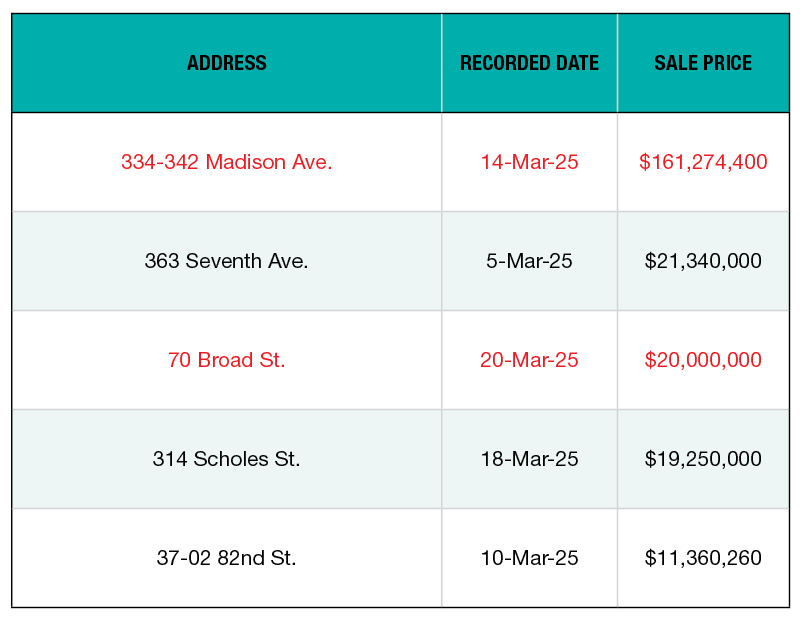

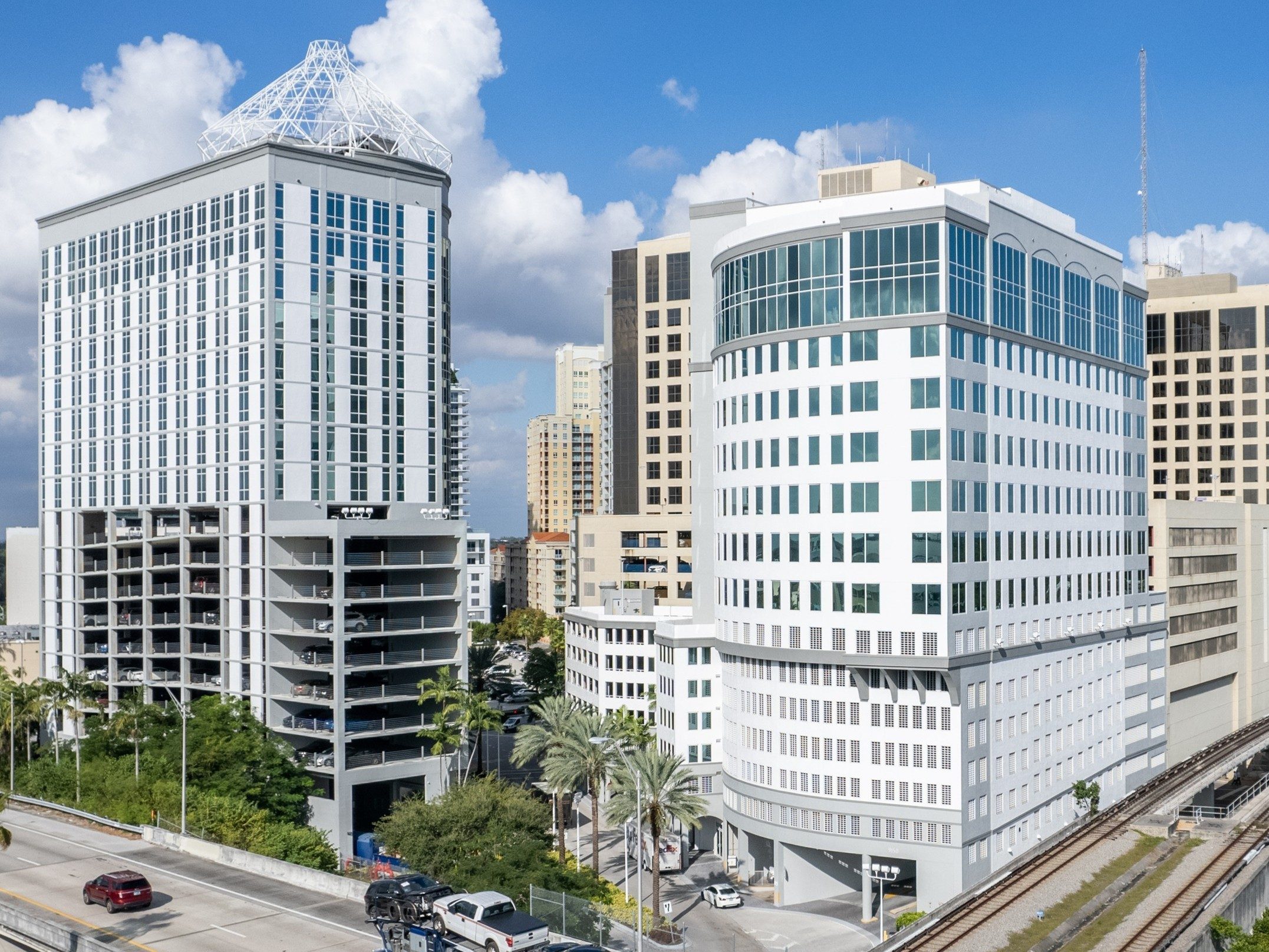

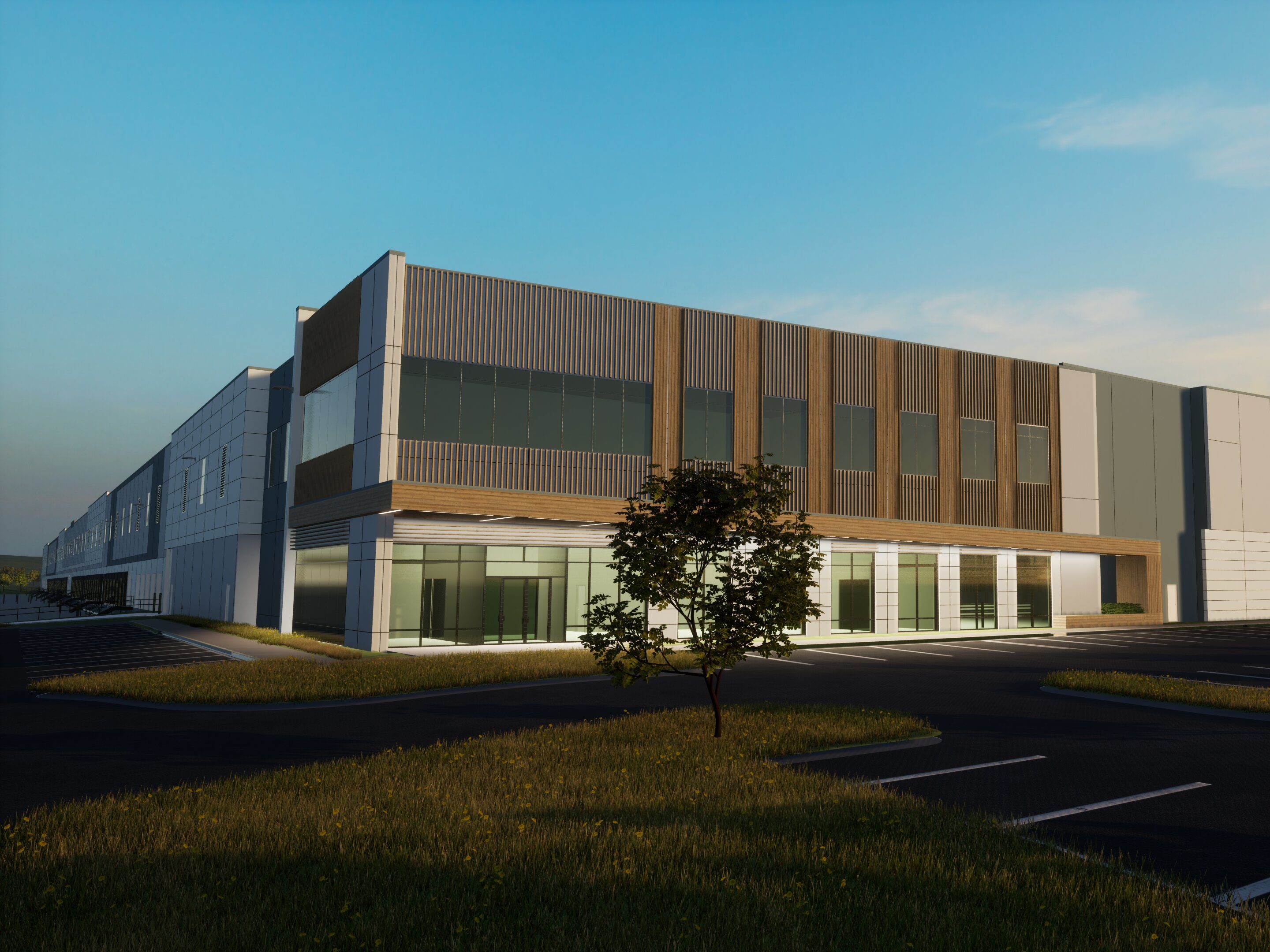

You must be logged in to post a comment.